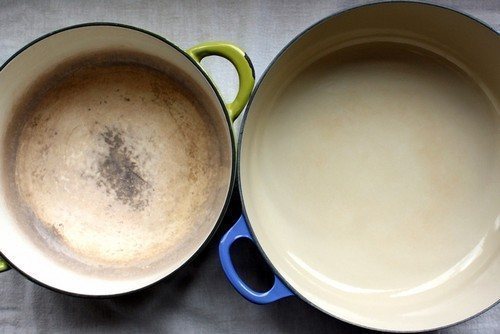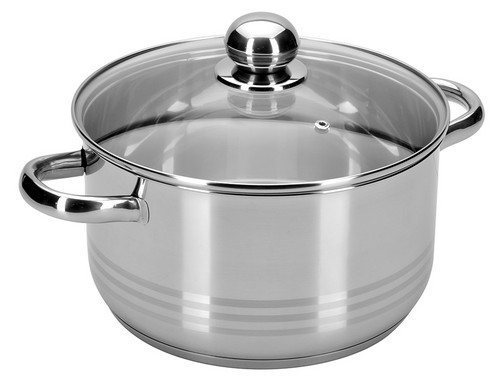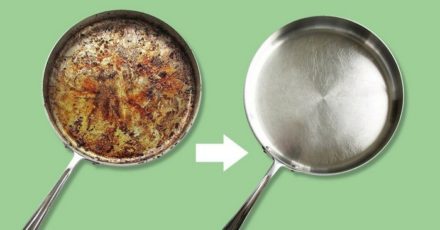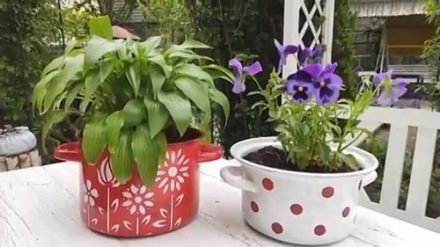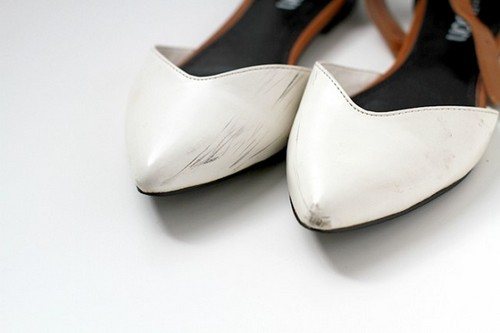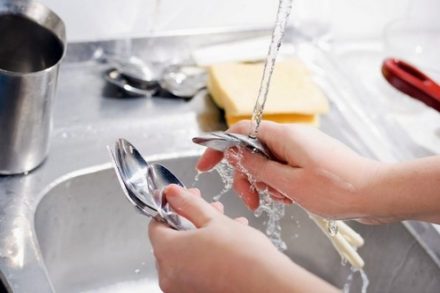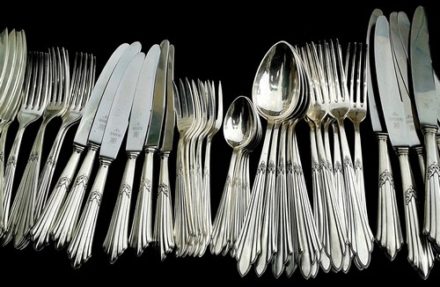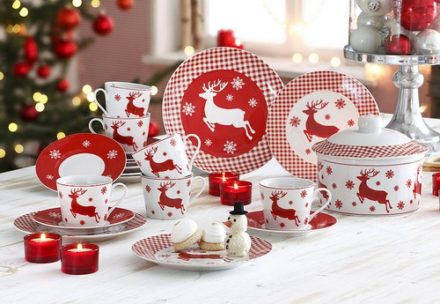It can be difficult to clean pans from burnt fat, soot, stuck food or yellow deposits. The hands themselves reach for the metal washcloth and the “Comet”. Reckless actions lead to scratches and chips.
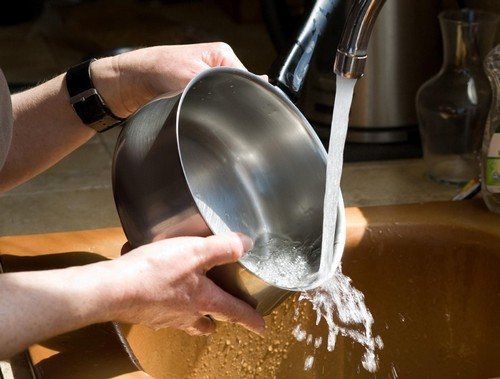
Regardless of the type of contamination, you can return the pot to cleanliness using proven home remedies or professional household chemicals. Simple tips from experienced housewives and cookware manufacturers will help preserve the integrity of the enamel and protect the surface from scratches.
Pre-soak
A thick soap solution does an excellent job of removing old grease, burnt milk or porridge. Depending on the size of the affected pan and the location of the contamination:
- the dishes need to be soaked in a large basin or bucket in very hot water with the addition of laundry soap;
- To wash the bottom, fill the pan halfway with water, add washing gel and boil for 20–30 minutes.

After soaking, just rinse the surface with warm water.
Cool - then wash
Water (especially cold water) should not be allowed to interact with hot cookware! This can lead to chips and cracks in the enamel and damage to the protective layer.
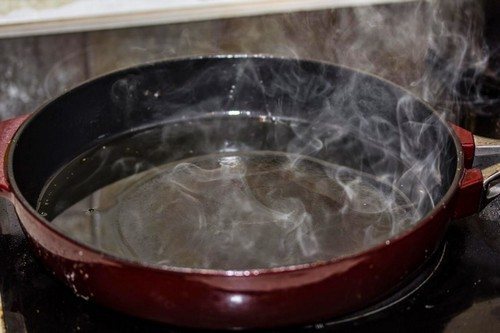
Even a heavily burnt pan must first be cooled, and then begin to be washed using proven products.
No abrasives
Abrasive cleaners are harmful to all types of metals and finishes.
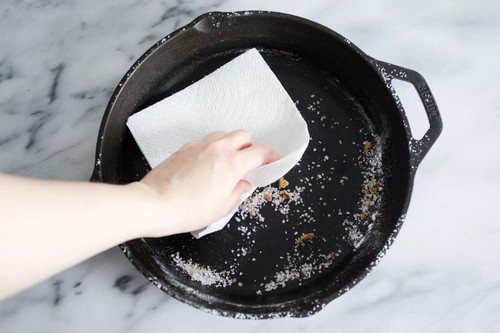
Washing a pan with powder can be easier and faster than with a soft sponge, and the damage may not be noticeable at first glance. But during operation, heating, and cooking, scratches are sure to appear.
No hard brushes
A metal sponge perfectly removes congealed fat and food debris from the surface of a pot or frying pan, and a knife does a good job of removing carbon deposits. But you won’t be able to avoid scratches with this barbaric cleaning method.
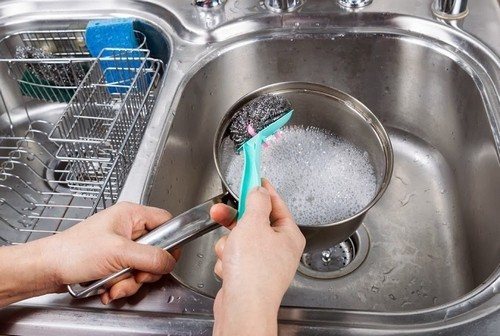
Sponges for washing dishes
To remove dirt, it is better to use regular dishwashing sponges. It is permissible to use the abrasive, harder side to clean carbon deposits.
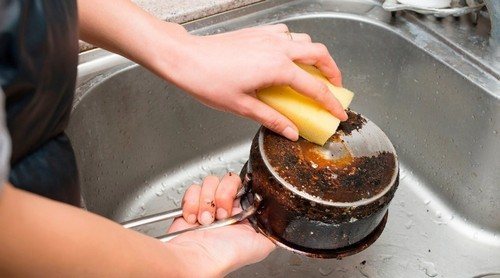
An ordinary silicone spatula will help remove fat from the surface. After soaking or boiling, it will be enough to carefully walk over the surface and scrape off the residue.
Potent chemistry
“Shumanit”, Azelit, products from Amway will help in the most critical situations. Strong grease removers based on acids or alkalis will easily remove burnt grease without leaving scratches or damaging the surface.

It is important to remember that such household chemicals are contraindicated for utensils coated with Teflon, as well as products made of aluminum and cast iron.
"Whiteness" - cheap and effective
"White" in a couple of minutes it will help wash away yellowed enamel. The product is safe for all types of metals.
Bleach is also effective for removing burnt milk or jam:
- Pour 1-2 cups of boiling water into the pan.
- Add ½ cup of product.
- Leave for 2-3 hours.
- Rinse with cool water.
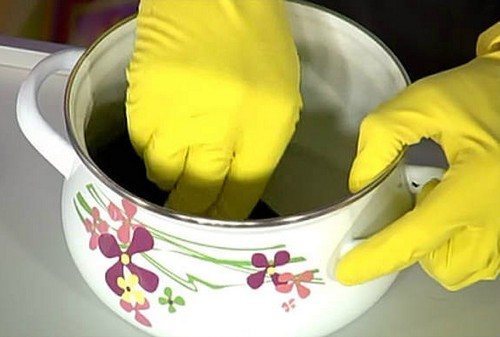
“Whiteness” may not cope with old carbon deposits.
When choosing a cleaning method, it is important to consider the type of metal from which the dishes are made. Enamel is afraid of hard brushes, aluminum is afraid of acids, and the non-stick coating will burst from Schumanite. It is safer to use gentle detergents and soft sponges, which will definitely protect the dishes from scratches.


